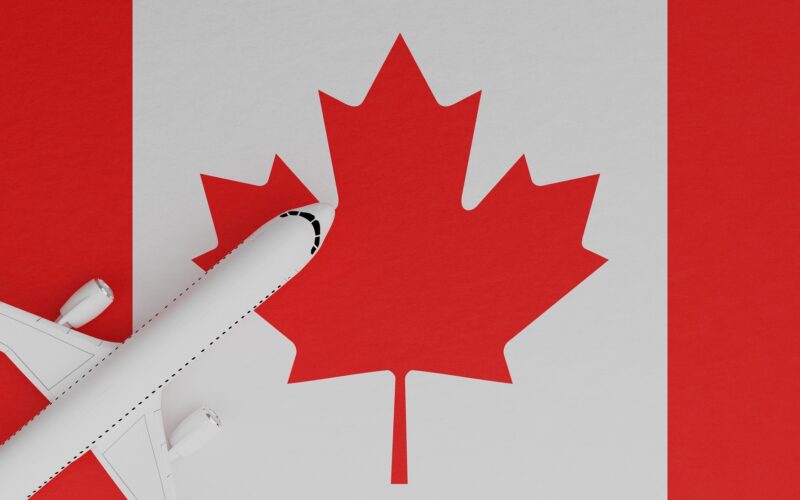Following an investigation into a general aviation (GA) crash in Alberta, Canada, The Transportation Safety Board of Canada (TSB) recommended more stringent health checks, with more effective screening tools to assess cardiovascular health issues.
The TSB, the governmental agency that investigates various safety incidents, including those related to aviation, released its final report about a GA crash near Lacombe Aerodrome, Alberta, Canada, when an amateur-built Cavalier SA102.5 aircraft, registered as C-FBWF, crashed and killed the pilot, while also seriously injuring a passenger. The Cavalier SA102.5 was last inspected in June 2023. “Weather was not considered a factor in this occurrence,” the TSB noted in its report.
According to the investigation, the aircraft crashed 14 nautical miles (25.9 kilometers) east of Lacombe Aerodrome (Transport Canada Location Identifier (TC LID) CEG3) when the two-seater entered a stall, resulting in a left-hand spin and collision with the terrain. The aircraft’s pilot, who held a Category 1 medical certificate (valid until February 1, 2022) and had 18,472.3 total flight hours (2382.7 single-engine aircraft flight hours), passed away on site. The passenger was “seriously injured”.
Complying with medical certification
While the pilot attended medical examinations as required by Canadian regulations, “for his most recent medical certificate, issued in 2021, the pilot did not undergo a medical examination”, read the TSB’s report.
As an alternative, the pilot “completed and signed an attestation that he did not have any limitations or restrictions or other conditions that could impair his ability to exercise the privileges of the license”.
“This attestation was allowed in accordance with an exemption issued by TC due to the global COVID-19 pandemic,” the TSB commented. The Office of the Chief Medical Examiner in Alberta said that the pilot’s cause of death was “blunt force trauma with cardiovascular disease as a significant contributing factor”. The examiner’s report also indicated that “the pilot had evidence of a heart attack, although it was not possible to determine the exact time of this event”.
The TSB highlighted that as of October 2022, 32,900 pilots in Canada held a Category 1 medical certificate, with around 50% over the age of 40. “Since 2000, there have been eight accidents, including this one, involving commercial pilots in which cardiovascular disease was identified as a finding as to risk or finding as to cause,” the safety board said. None of the accidents involved any major airline carriers registered in Canada.
Still, the authority is concerned that “medical practitioners may not always be aware of the need or importance of transmitting reportable medical conditions and, further, that deficiencies exist in the guidelines designed to screen for cardiovascular risks”. If TC and civil aviation medical examination reports do not have the latest “cardiovascular screening methods to perform a global cardiovascular assessment when appropriate, there is an increased risk that cardiovascular disease will remain unidentified and pilots may become incapacitated while operating an aircraft”, the agency said.
Thus, the TSB “recommends that the Department of Transport establish a framework for routine review and improvement to the Handbook for Civil Aviation Medical Examiners to ensure it contains the most effective screening tools for assessing medical conditions such as cardiovascular health issues”. As a result, the new guidelines would reduce the chances of pilots becoming incapacitated due to a cardiovascular disease while flying an aircraft, potentially mitigating “the risk of another accident such as this one,” the TSB concluded.
According to TC regulations, Category 1 medical licenses embrace “all types of license involving flying for hire and reward and is essentially the standard for the professional pilot”.

